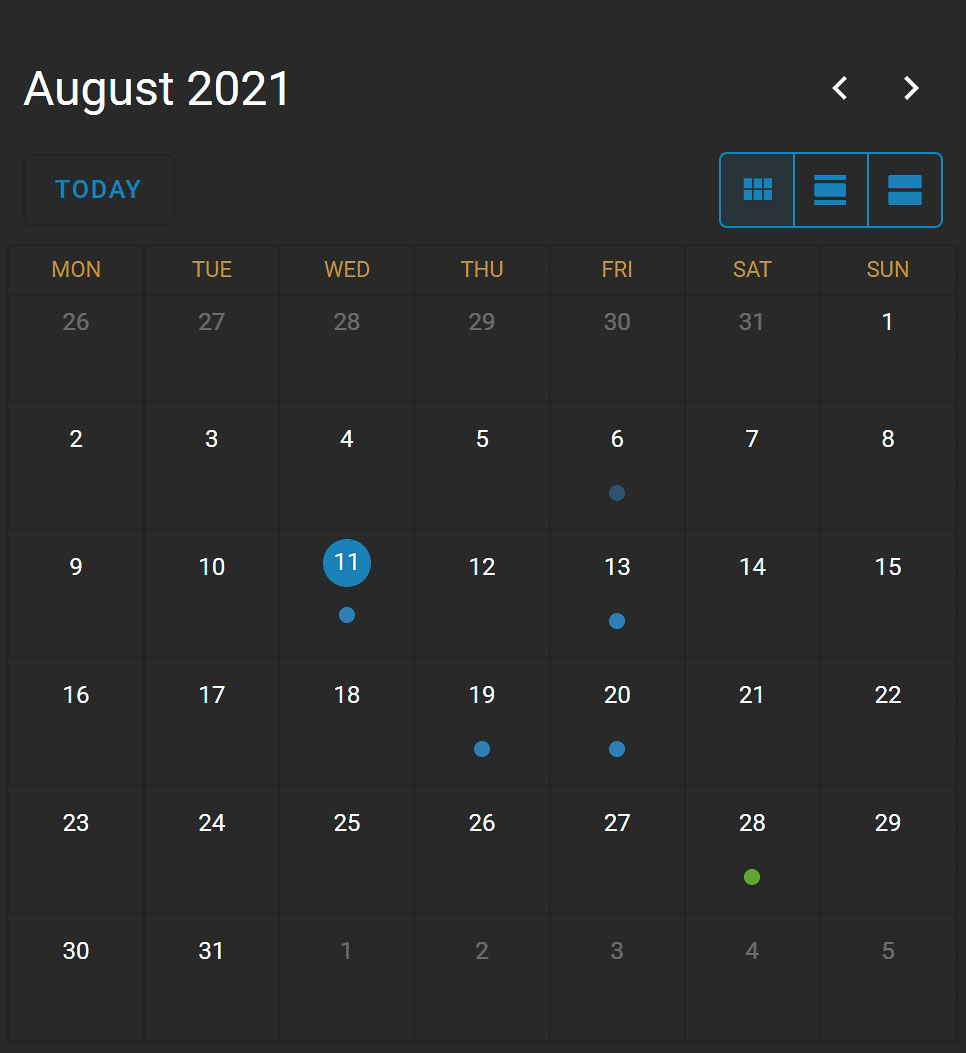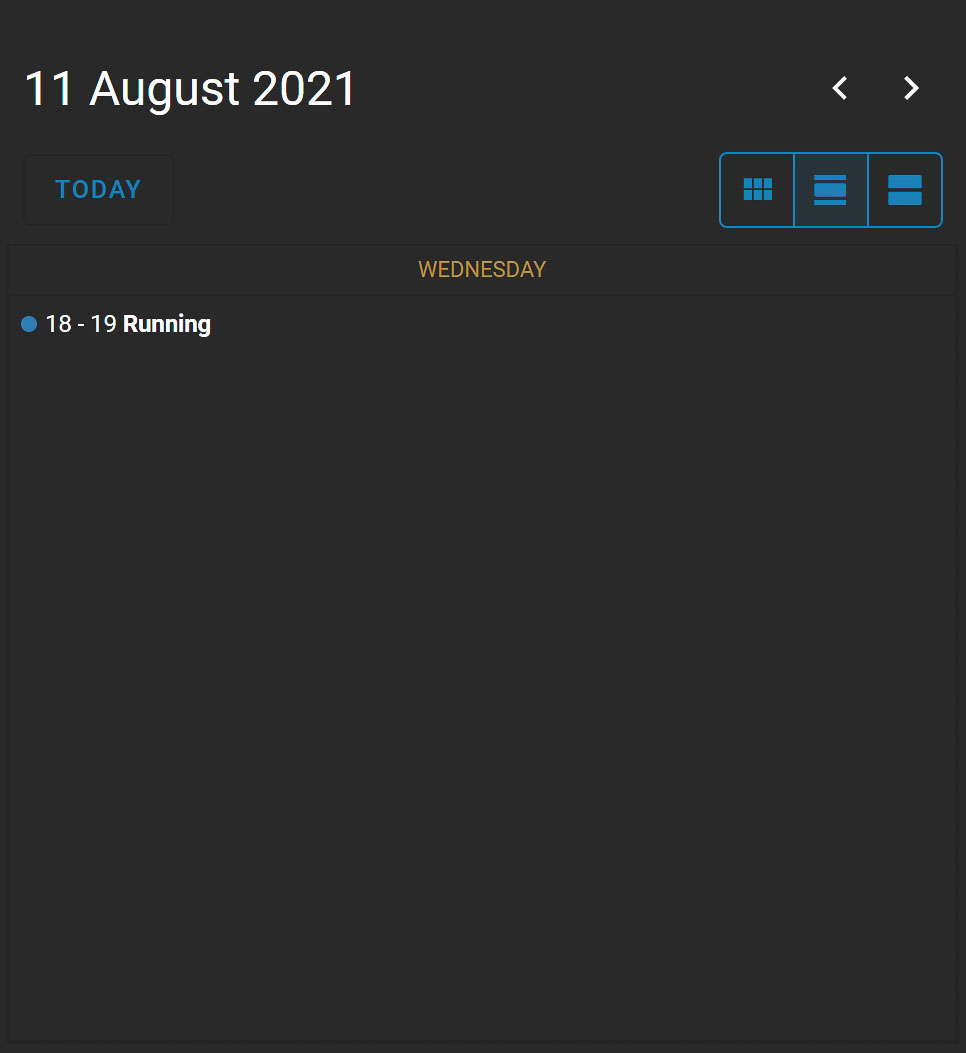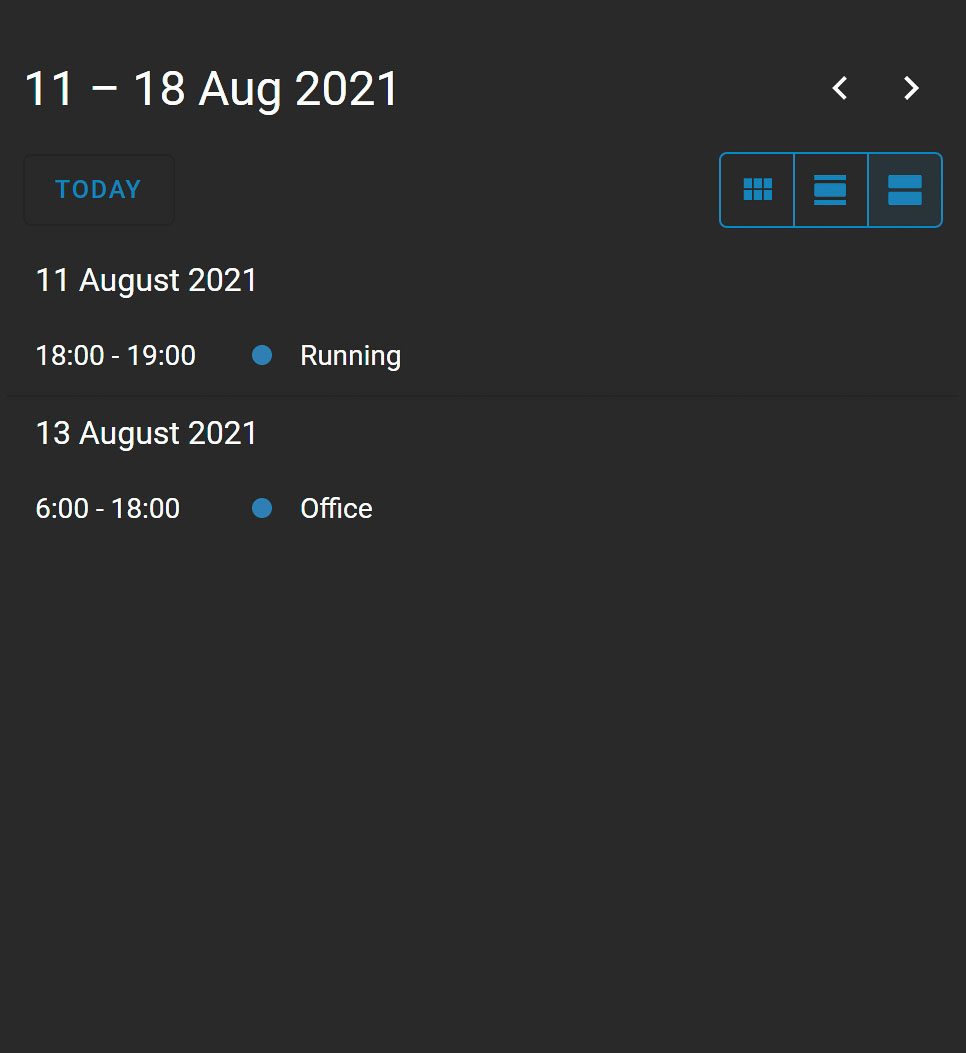
Integrating your Google Calendar with Home Assistant can significantly streamline your scheduling and daily routine. If you've followed the steps from our guide on integrating Google Calendar with Home Assistant, you're now ready for the exciting part: displaying your calendar feed directly on the Home Assistant Dashboard.
Contents
Which Home Assistant Dashboard card should I choose?
For showcasing your Google Calendar, there are several custom cards available. However, most are outdated and no longer maintained. For instance, the Atomic Calendar custom card and the Calendar Card for Home Assistant were once popular choices, but they haven't been updated for years.
An actively maintained fork of the Atomic Calendar exists, yet the best option is the official Calendar Card included with Home Assistant. This card is robust, offering month, day, or list views, and allows for the addition of multiple calendars, ensuring a more comprehensive and updated experience.
Configuring the Home Assistant Calendar Card
Configuring the official Calendar Card is a breeze, thanks to its full integration into the Home Assistant Dashboard. No YAML is needed; simply follow these steps:
- Adding the Card: Edit your dashboard and choose to add a new card. Select the Calendar Card from the options.
- Configuration Settings:
- Title (Optional): Add a title to appear at the top of the card.
- Initial View: Choose your default view (month, day, or list) for when you open the dashboard. This can be altered anytime using the icons in the upper-right corner of the card.
- Calendar Entity: You need to select at least one calendar entity for display. The configuration interface helpfully filters to show only calendar entities, easing the selection process.
After saving your settings, the Calendar Card will appear on your dashboard, displaying events from the selected calendar(s). Note that new events added in Google Calendar might take around 10-20 seconds to sync and show up on your dashboard.

Understanding the Different Views
The Calendar Card offers three views to suit various needs:
- Month View: Provides a standard monthly calendar layout.
- Day View: Focuses on the schedule for a specific day.
- List View: Also known as the agenda view, it lists the events for the current week in chronological order, offering a concise overview.
Each view has its advantages, catering to different aspects of your scheduling and planning needs.



